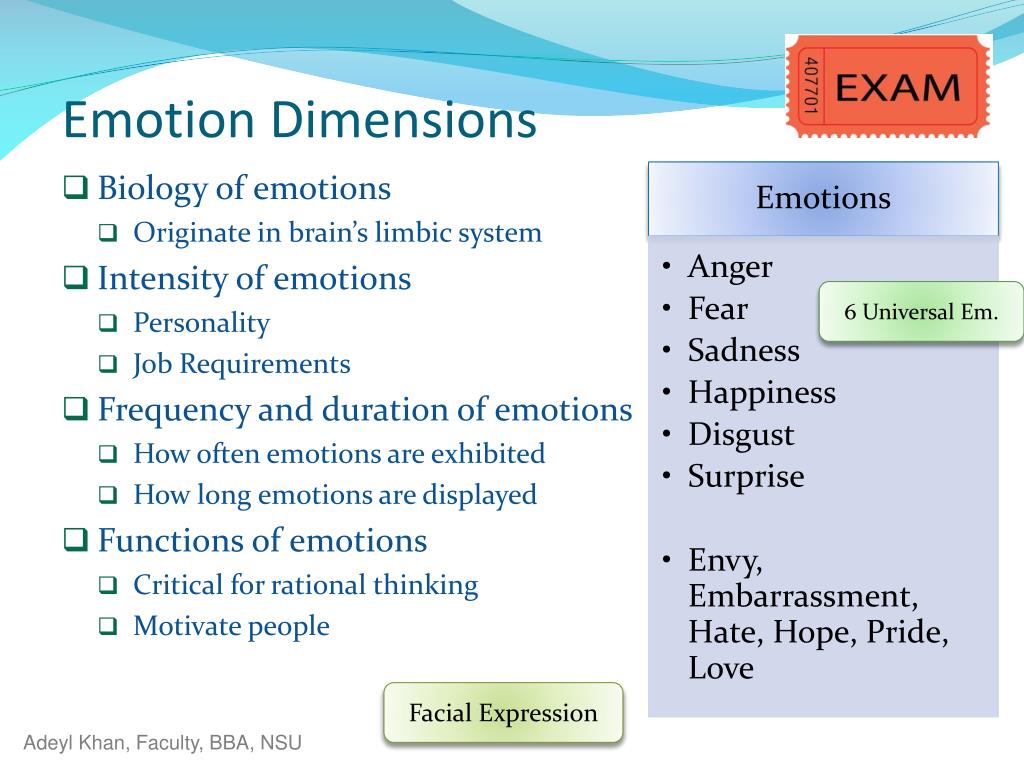

As the speaker recalls gruesome scenes of senseless violence and death, he describes the horrors of war very matter-of-factly. The tone in most of Slaughterhouse-Five can be described as deadpan or unemotional. Then they saw some other people moving down by the riverside. The planes sprayed them with machine gun bullets but the bullets missed. “They saw Billy and the rest moving down there. The tone here can be described as nostalgic, because the speaker seems to be longing for another time.įrom Slaughterhouse-Five by Kurt Vonnegut: “I didn’t go to the moon, I went much further-for time is the longest distance between two places.” It reflects the solitude of the old man, but doesn’t feel sad or lonely.įrom The Glass Menagerie by Tennessee Williams: In the daytime the street was dusty but at night the dew settled the dust and the old man liked to sit late because he was deaf and now at night it was quiet and he felt the difference.” “It was late and everyone had left the café except an old man who sat in the shadow the leaves of the tree made against the electric light. Examples of Tone in Literatureįrom A Clean, Well-Lighted Place by Ernest Hemingway If you’re writing an expository piece, for example, and you want your work to be taken seriously, you should employ a more serious tone. When writing, you should also match your level of formality with your intended audience and the subject matter. Syntax, meanwhile, refers to the way a sentence is structured.Įrnest Hemingway, for example, was known for his short, declarative sentences, which helped to build the more direct, simple tone that characterizes his writing.Ī story’s point of view can also influence its tone, because choosing a narrator is ultimately making a choice about how your story will be told and the voice that will tell it. Tone can be conveyed using several tools, but among the most effective are:ĭiction refers to the writer’s word choice, which helps to define their style and build the piece’s tone. It’s up to you how your story will be conveyed and perceived. Tone can change in an instant, or gradually transition. The tone you choose will help set the mood for your work, but you don’t have to stick with just one for your entire story. Tone has the power to influence your readers’ emotions, as well as the way they perceive your characters and story.
#Moods of a story list download
Some examples include:įor more adjectives that can describe tone, download our list of 101 words to describe tone. Tone can be described by just about every adjective under the sun. There are hundreds of ways to convey one single idea-how you choose to do it is your personal choice, and it will reflect the overall tone of your writing. A story’s tone can often help build its mood. Mood, on the other hand, refers to the effect a piece of writing has on the reader. It’s often reflective of the speaker’s attitude or feelings toward a subject.

In writing, tone refers to the attitude or overall character of a piece. Little changes in the way we say things can radically change our tones, and therefore the way people perceive our words.īut writing isn’t much different-through your choice of words, point of view, and other factors, you can influence the tone and mood of your text.

If you ever heard this as a child, then you probably know that someone-most likely a parent or teacher-felt that you were “talking back” or had an “attitude.” Maybe your words-or, more precisely, your tone-came off as disrespectful or arrogant.


 0 kommentar(er)
0 kommentar(er)
